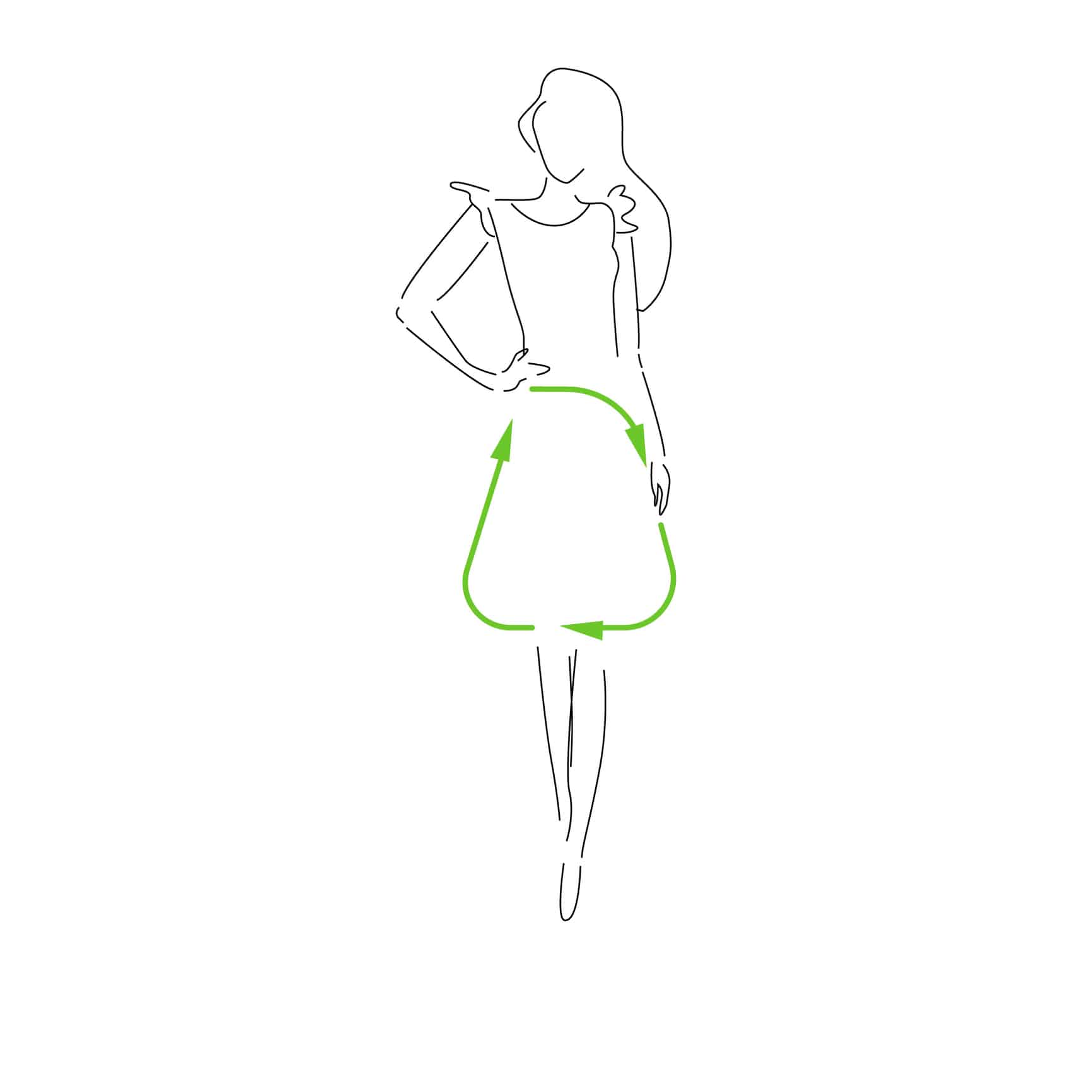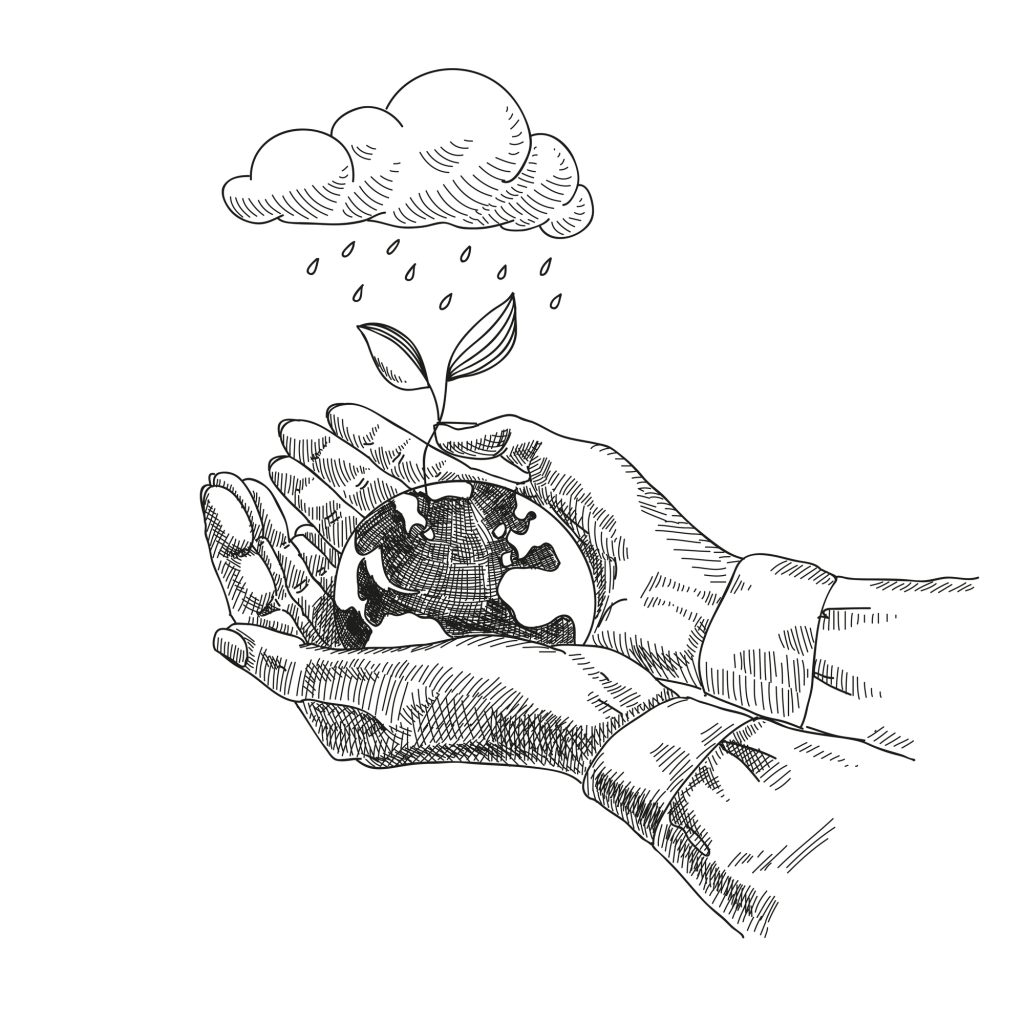Fashion plays a significant role in the global economy, with annual earnings of about £1 trillion. It is, however, one of the most resource-intensive industries on the planet.
Sustainable fashion is all about meeting today’s needs while simultaneously ensuring that the methods used to achieve those needs fulfil the future needs and is eco-friendly for both consumer and the environment.
Furthermore, sustainable fashion benefits everyone participating in the fashion supply chain, from farmers to customers to everyone working in end-of-life facilities like recycling factories. What makes it so crucial? It is going to be a life-or-death situation soon. It might seem dramatic now, but fashion has a significant influence on people worldwide, which is increasing daily.
It also has a substantial impact on climate change, and the fashion industry must urgently adapt its unsustainable techniques if we are to address the existential issue of climate change. We won’t have a fashion business in the future unless we start addressing the industry’s negative repercussions as soon as feasible. The fashion business is one of the more polluting businesses in the world, yet some labels have lately claimed that by 2030, they want to be completely “circular.”

We must work for an environmentally friendly fashion sector. However, zero-waste will be a cure for all of the industry’s difficulties. We’ll have to look at reducing our consumption while also moving toward more circular production models as an industry and a culture that spans the globe. However, the circular economy is an intriguing topic that we must continue to investigate. Fashion Designers do this when they reuse surplus cloth for other items. It’s typical for businesses to use excess fabric from clothing production to make smaller accessories and embellishments like headbands or purses.
Aside from not producing new trash, fashion businesses may decrease current waste by employing existing materials such as residual deadstock from large garment manufacturers, upcycled post-consumer goods such as rubber, or other recyclables for their creations. Packaging is yet another crucial consideration for circular fashion firms. Recycled paper cartons, recycled or biodegradable polybag envelopes, and cloth bags produced from repurposed fabric are examples of sustainable and/or waste-free packaging.
A vast number of the materials widely used in the fashion business today are resource-intensive. Cotton, for instance, uses a lot of water, and synthetic textiles like polyester are made from non-renewable resources like oil. Then there are other materials, such as viscose, which are causing huge deforestation and thereby hurting endangered species and old tree habitats. As a result, we must go forward with the research and development of more sustainable materials, both for the sake of the fashion business and for the sake of the planet. The truth is that we cannot continue to use resources in this manner because we will run out of them.

One of the most significant issues in the fashion industry is waste. Every year, 100s of billions of goods are blasted out of factories. Every year, consumers in North America toss away enough material to fill the Empire State Building. This garbage is then either burned or disposed of in landfills, which is not a long-term solution.
If you need to burn the waste product, then that means you’re not making quality use of your resources. This needs to change right away. We won’t be able to keep filling landfills or sending used clothing to other countries since there won’t be enough space. Waste management is a common responsibility that must be addressed as soon as possible.
The waste of water is a particularly important issue. One of the most obvious examples is the Aral Sea, which was once the world’s fourth-largest lake but has practically dried up due to cotton planting. Fortunately, there are now creative ways to colour clothes that do not require the use of water, which is exciting.
Some companies have started taking the initiative of adopting new ideas like accepting their old products in-store, which is an excellent way of cutting edge technology as it shows that they are more responsible for the garbage they generate. These technologies have the potential to change how materials are utilised and, eventually, how we buy apparel. Techniques are being tested, for example, in which fibres can be broken down to their chemical components and then re-spun into various fibres to create a garment of the same quality without the need for virgin fibres.
Some businesses are also developing unique materials, such as leather made from grape and orange skins, that can be developed in a lab rather than relying on animals who are usually subjected to awful conditions. There are many new business models as well. For example, perhaps we don’t need to own every piece of clothes we wear and instead could rent or trade it? Meet Your Wardrobe is a good example of this. This is intriguing because the developed world’s second-hand clothing market is booming. Many wonderful things are happening, but we need to go much faster. In 2016, over 300,000 tonnes of clothing were thrown in the UK, prompting the UK Environmental Audit Committee to say that it will look at the rise of “fast fashion” and its environmental impact.
One of the most intimate relationships we have in life is with fashion. It gets closer to us physically than almost everything, if not everything else. It’s almost always in contact with our skin, almost a second skin of our own choice if you think about it. It’s a fun way to express our uniqueness, the face we present to the world, and it tells something about who we are as a person. Making fashion something to celebrate rather than frown upon. The problem is that we don’t have simple access to information about how our clothes affect us. The organic food movement has been around for a long time, but clothing is a relatively new topic. We’ve discovered that most people are simply unaware of the issues but that once they are, they are more inclined to change their behaviour.
Soon people will realise the importance of sustainability and will begin to implement it in their fashion style, and will ask themselves why they are buying a product, whether they need it, do they know who made it, and what will be the impact of this product in their lives.
| Cookie | Duration | Description |
|---|---|---|
| cookielawinfo-checbox-analytics | 11 months | This cookie is set by GDPR Cookie Consent plugin. The cookie is used to store the user consent for the cookies in the category "Analytics". |
| cookielawinfo-checbox-functional | 11 months | The cookie is set by GDPR cookie consent to record the user consent for the cookies in the category "Functional". |
| cookielawinfo-checbox-others | 11 months | This cookie is set by GDPR Cookie Consent plugin. The cookie is used to store the user consent for the cookies in the category "Other. |
| cookielawinfo-checkbox-necessary | 11 months | This cookie is set by GDPR Cookie Consent plugin. The cookies is used to store the user consent for the cookies in the category "Necessary". |
| cookielawinfo-checkbox-performance | 11 months | This cookie is set by GDPR Cookie Consent plugin. The cookie is used to store the user consent for the cookies in the category "Performance". |
| viewed_cookie_policy | 11 months | The cookie is set by the GDPR Cookie Consent plugin and is used to store whether or not user has consented to the use of cookies. It does not store any personal data. |
Create your free account and begin your sustainability journey.

